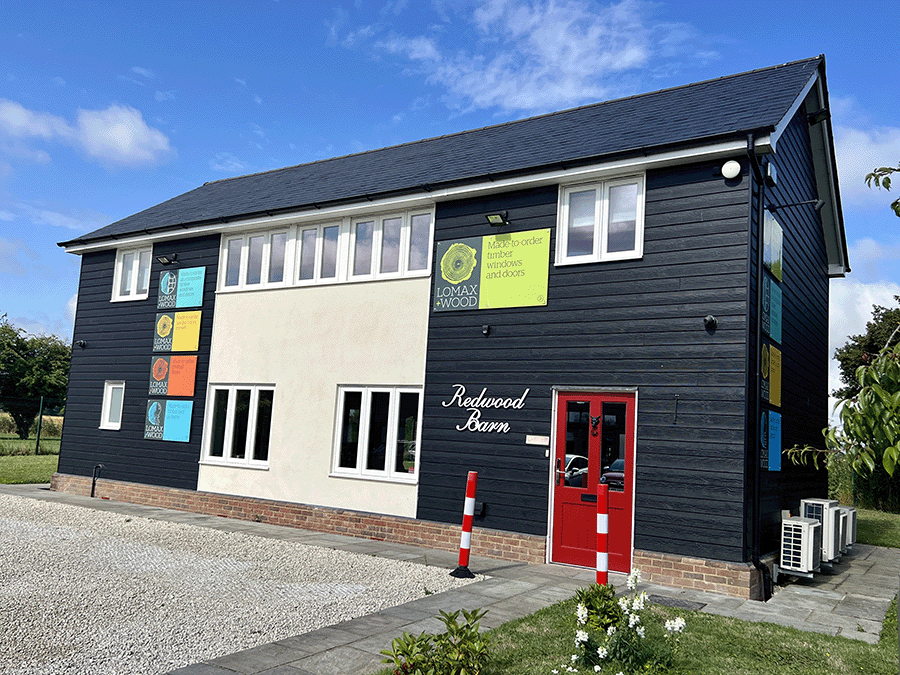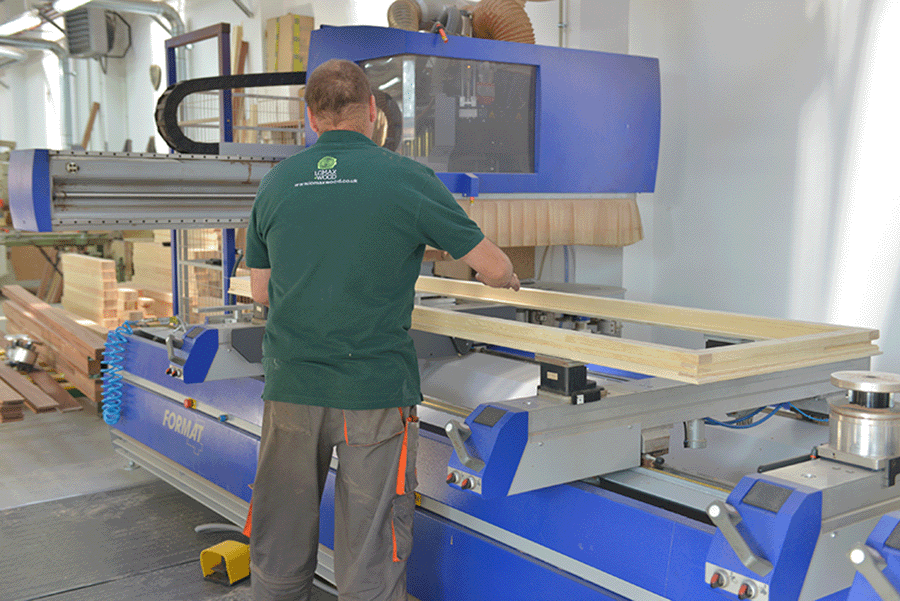Timber Windows for Conservation Areas: What You Need to Know
- 7 January 2025|
- News
As architects and developers know all too well, finding the right windows for a project in a conservation area can be a challenge.
Conservation areas protect the unique character and historical significance of our built heritage, and choosing the right windows is crucial for any restoration project’s success. Getting it wrong can lead to rejected planning permission applications and, ultimately, lead to costly delays to your project.
At Lomax + Wood, we have over 30 years of experience in crafting made-to-order timber windows and doors, and we have supplied products for a wide range of projects, including those in conservation areas. We’ve helped many architects and developers maintain historical integrity while meeting modern performance standards. This guide will walk you through the essential considerations for selecting and installing timber windows in conservation areas, drawing on our extensive experience in heritage projects across the UK.
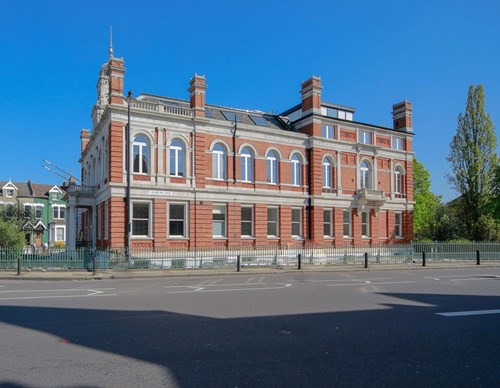
What is a conservation area?
A conservation area is a designated space that local authorities have identified as having architectural or historical significance, and so measures are taken to protect these areas.
These protected zones, which can range from historic town centres and Victorian suburbs to rural villages and industrial heritage sites, are carefully managed to preserve their unique character for future generations. In the UK, there are over 10,000 such areas.
Within these conservation areas, strict planning controls are in place and further enforced by an article 4 which is designed to retain specific period or architectural details. This restricts changes to buildings – particularly when it comes to visible elements like new windows, doors, and facades. This means that any alterations, including window replacements, typically require careful consideration and require planning permission to ensure they maintain the area’s historical integrity.
What permissions are required for projects in conservation areas?
Planning permission is typically required for window replacements, with local planning authorities carefully scrutinising proposals to ensure the replacement windows will not pose a threat to the architectural or historical significance of the area.
These restrictions often extend beyond just the choice of materials – aspects such as glazing patterns, window profiles, and even opening mechanisms are often scrutinised.
Understanding these requirements early in the project planning phase is essential for avoiding costly delays and revisions.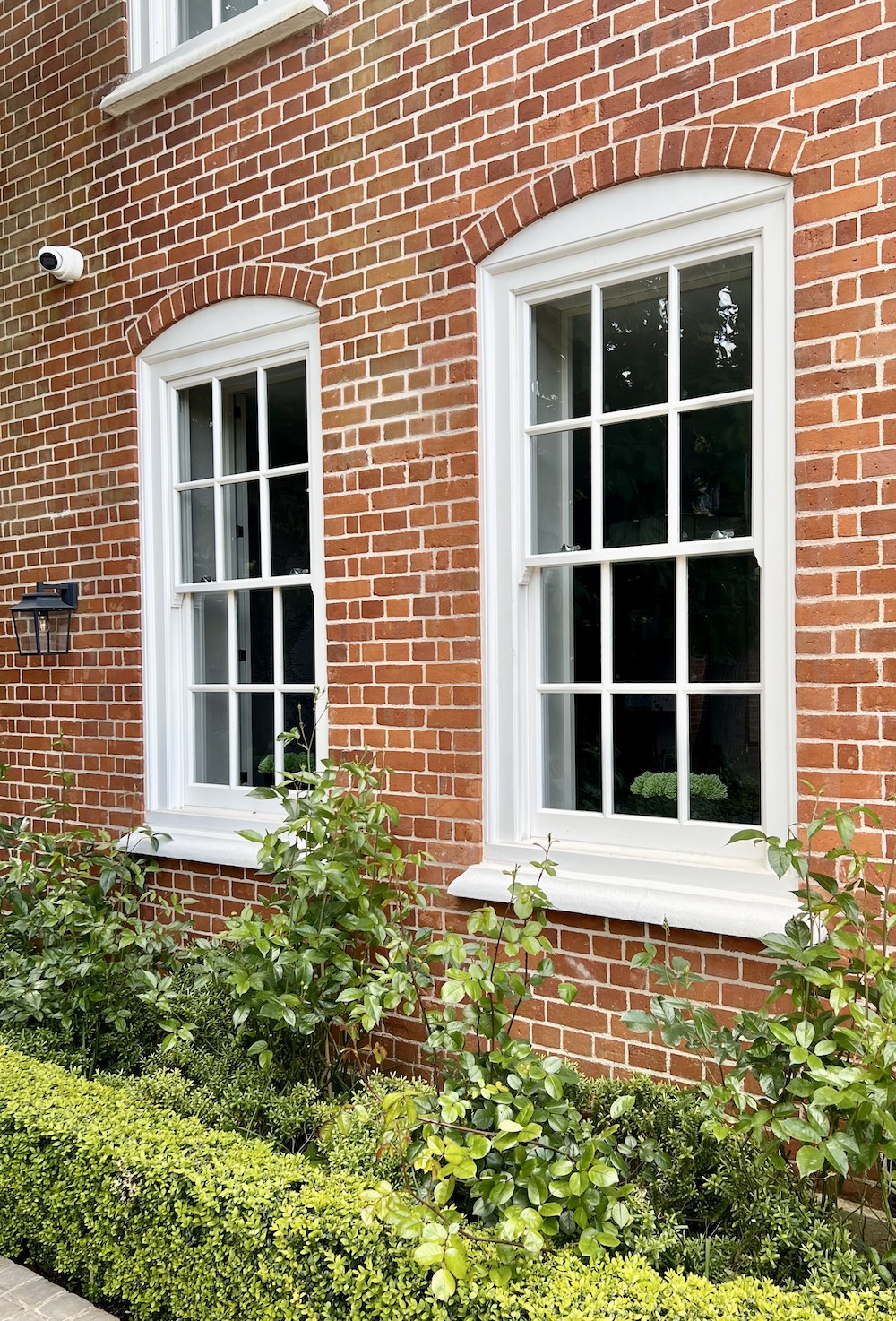
Approved materials for conservation areas
While uPVC windows are widely used in modern construction, this material is typically prohibited for window and door replacements within conservation areas.
Although specific guidelines and material requirements can vary between different conservation zones, traditional timber is often the preferred – and sometimes the only – material choice. This preference is rooted in historical authenticity: timber has been a fundamental building material for centuries, and until the relatively recent advent of uPVC, virtually all properties historically featured timber windows.
Given that local authorities generally favour like-for-like replacements that maintain historical accuracy, timber windows remain the natural and authentic choice for conservation areas.
The benefits of wooden windows in conservation areas
Timber windows for conservation areas offer numerous advantages. The main and critically deciding factor is that timber designs can replicate period sightlines, therefore seamlessly fitting into a period property and maintaining the street scene. They also provide excellent thermal efficiency and insulation, helping to reduce energy costs while maintaining the building’s historic character. Modern timber windows can incorporate double glazing without compromising traditional aesthetics, offering improved security, acoustic performance and thermal performance.
Additionally, the longevity of timber windows make them an excellent choice for conservation projects. With proper maintenance, these windows are remarkably durable, and can last for in excess of a hundred years as shown by the many Georgian and Victorian timber windows still in existence today. The only issue with these windows now is not one of durability, it is one of performance. Not surprisingly the science was not apparent at that time to produce the high performance products that are now available, which as stated earlier also retain period sight lines.
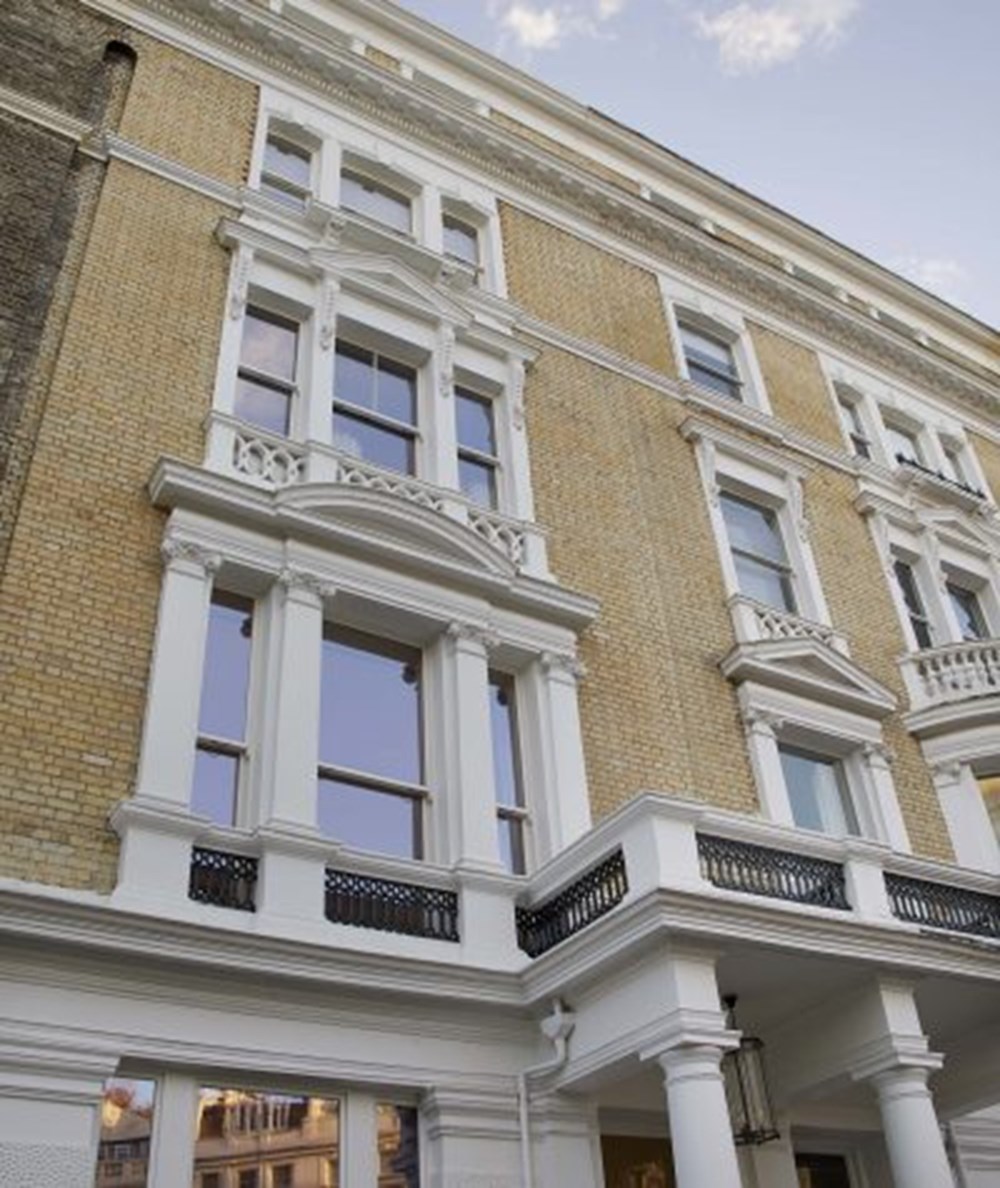
How do timber windows contribute to the preservation of historic buildings in conservation areas?
Traditional wooden windows are crucial for conservation areas as they maintain the authenticity and aesthetics of historic buildings. They provide a traditional look, are often required for planning consent, and offer durability and sustainability essential for preserving the architectural heritage of conservation areas.
Lomax + Wood’s traditional timber windows: authentic appearance
Our comprehensive range of timber windows is designed to meet conservation area requirements while incorporating modern performance features. We offer a range of styles that are ideal for conservation area windows.
We specialise in delivering made-to-order timber windows that are crafted with care, and have sustainability at their heart. We only use timber that is FSC® Chain of Custody (license number: FSC-C126169) or PEFC Chain of Custody certified, and with over 60 years of combined experience, our family run team has perfected the art of crafting bespoke timber windows.
While double glazing is our most popular choice, when it comes to timber windows for conservation areas, we understand that some listed buildings and conservation areas need single glazing to maintain their historical integrity. That’s why we offer both options. We can finish your windows in any way you’d like – stained, painted, or even with different colours inside and out. But what really sets our windows apart is how they perform. They’re not just beautiful replicas of period windows; they’re robust, weather-resistant, and secure.
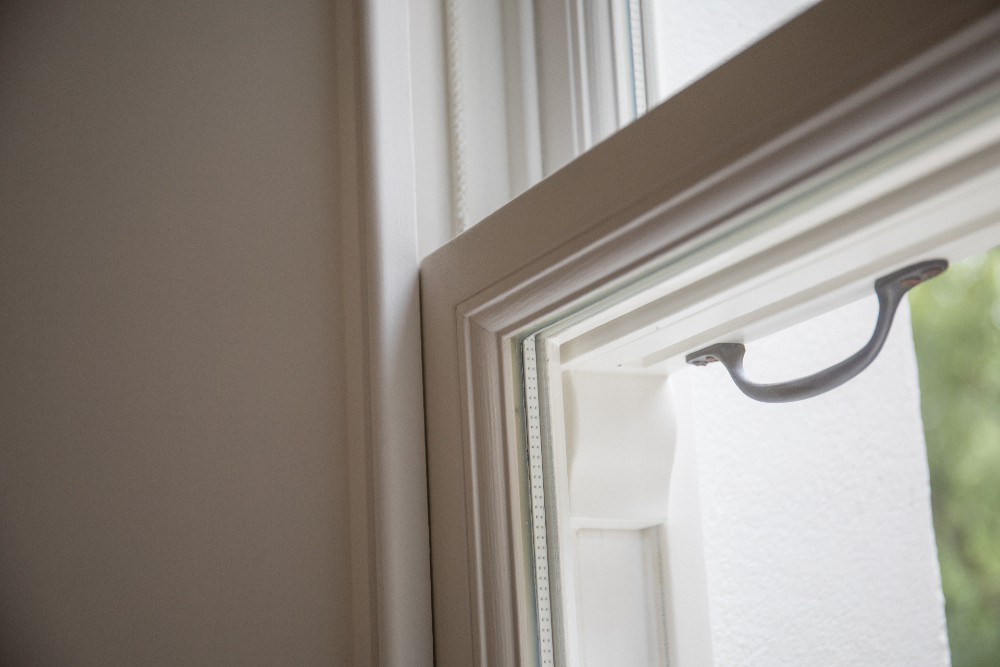
Wooden sash windows
At Lomax + Wood, we’ve spent years perfecting our range of timber sash windows. Working closely with conservation officers across the country has given us deep insight into what makes a truly authentic period window. From traditional box cords & weights sash windows designs to single-glazed options for the most stringent heritage requirements, we’ve developed windows that look right at home in any period property – whether it’s a Georgian townhouse or a Victorian villa.
We’ve fitted our timber box cords & weights sash windows in everything from single homes to major landmark buildings throughout Britain. It’s this experience that helps us balance the delicate act of preserving a traditional appearance while delivering the performance that modern buildings demand. That’s why architects across the UK trust us with their conservation projects – we understand both the art and science of crafting the perfect heritage sliding sash windows for a conservation area.
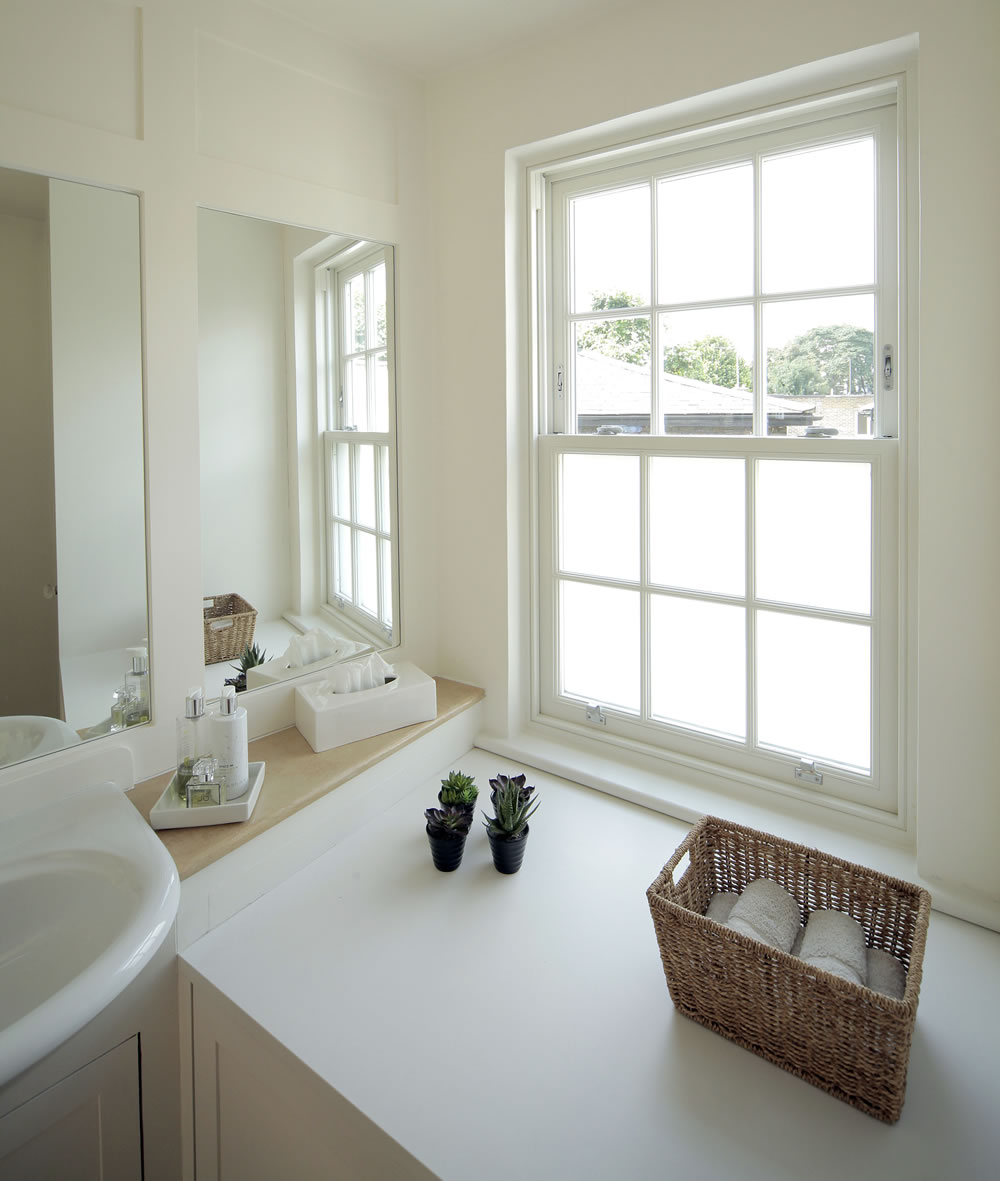
Flush Wooden casement windows
Beyond our sash window collection, we’ve developed an exceptional range of timber flush casement windows that work beautifully in both heritage and modern settings.
As with our sash windows, we also offer a broad selection of handles, locks and accessories in various finishes – because we understand that these finishing touches can make all the difference to the overall look and feel of a building. It’s this attention to detail, combined with our focus on energy efficiency and security, that makes our casement windows a favourite choice among architects working on high-end residential and commercial projects.
Every window we produce combines traditional joinery techniques with contemporary performance requirements. We pay particular attention to historical details such as authentic glazing bars, traditional hardware options, and period-appropriate moulding profiles to ensure complete authenticity.
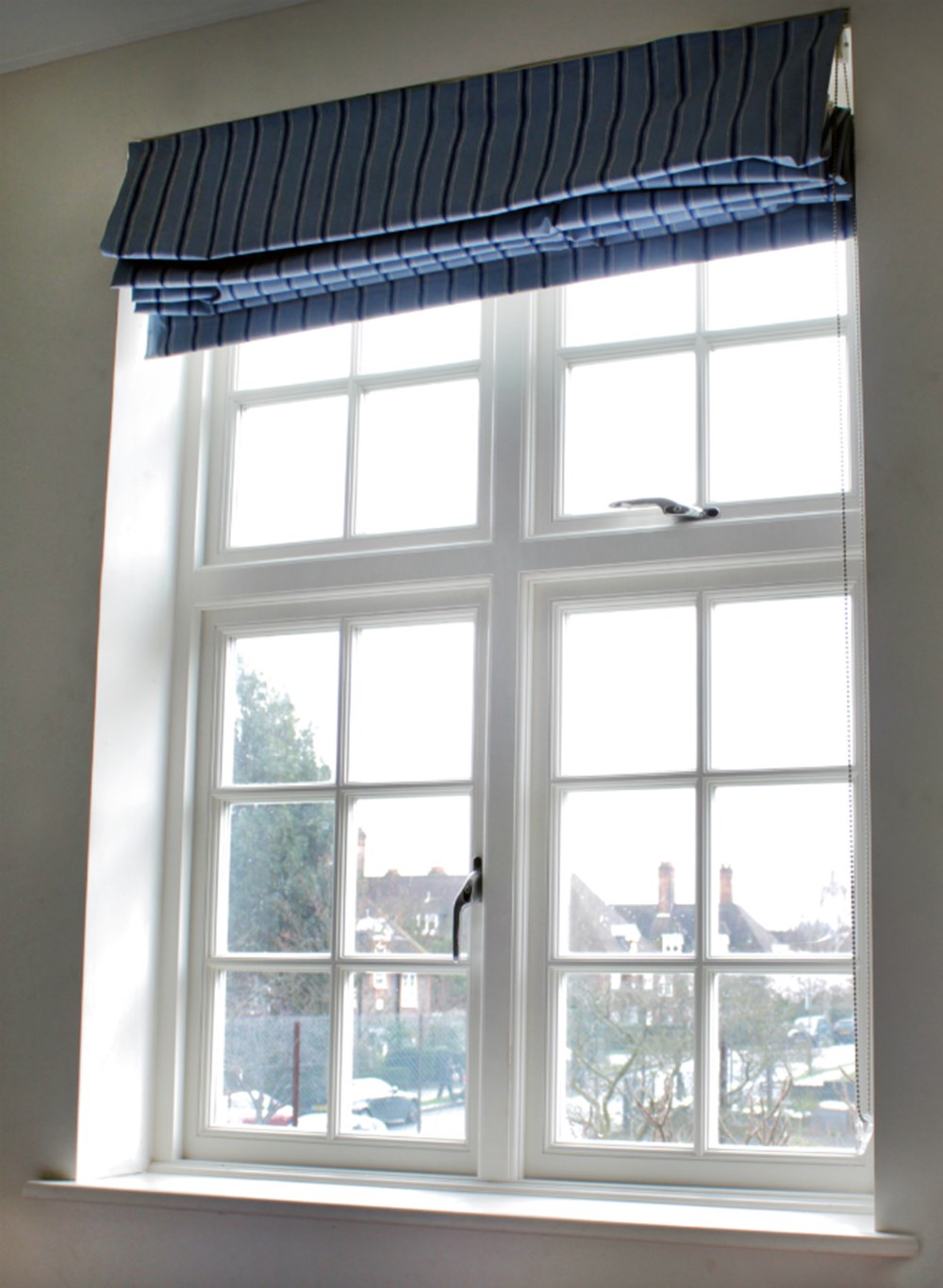
Timber windows for conservation areas: why choose Lomax + Wood?
For architects, developers or installers working on conservation projects, our expertise in conservation properties makes us an ideal partner.
At Lomax + Wood, we provide a comprehensive service. We will do everything from surveying the windows and taking full responsibility for size through to detailed technical drawings and specifications, backed by expert guidance on conservation requirements and building regulations. Our bespoke solutions meet both historical authenticity and modern building regulations, and are supported by comprehensive documentation. Our detailing is often involved in liaising with conservation offices once general planning consent has been given.
Take the next step: get in touch with Lomax + Wood
If you’re working on a heritage project, be it an existing period property or new and need expert guidance on timber windows for conservation areas, our team is here to help.
We can provide detailed specifications, technical support, and comprehensive solutions tailored to your specific requirements. Our expertise in conservation areas means we can help streamline the process and ensure your project meets all necessary requirements. To see some of the projects we’ve been involved in, please visit our case studies page.
Contact us today for further information or to discuss your conservation area project: Call 01277 353857 or use our online contact form. We’ll be more than happy to share our expertise and help you find the perfect timbe windows for conservation areas.

